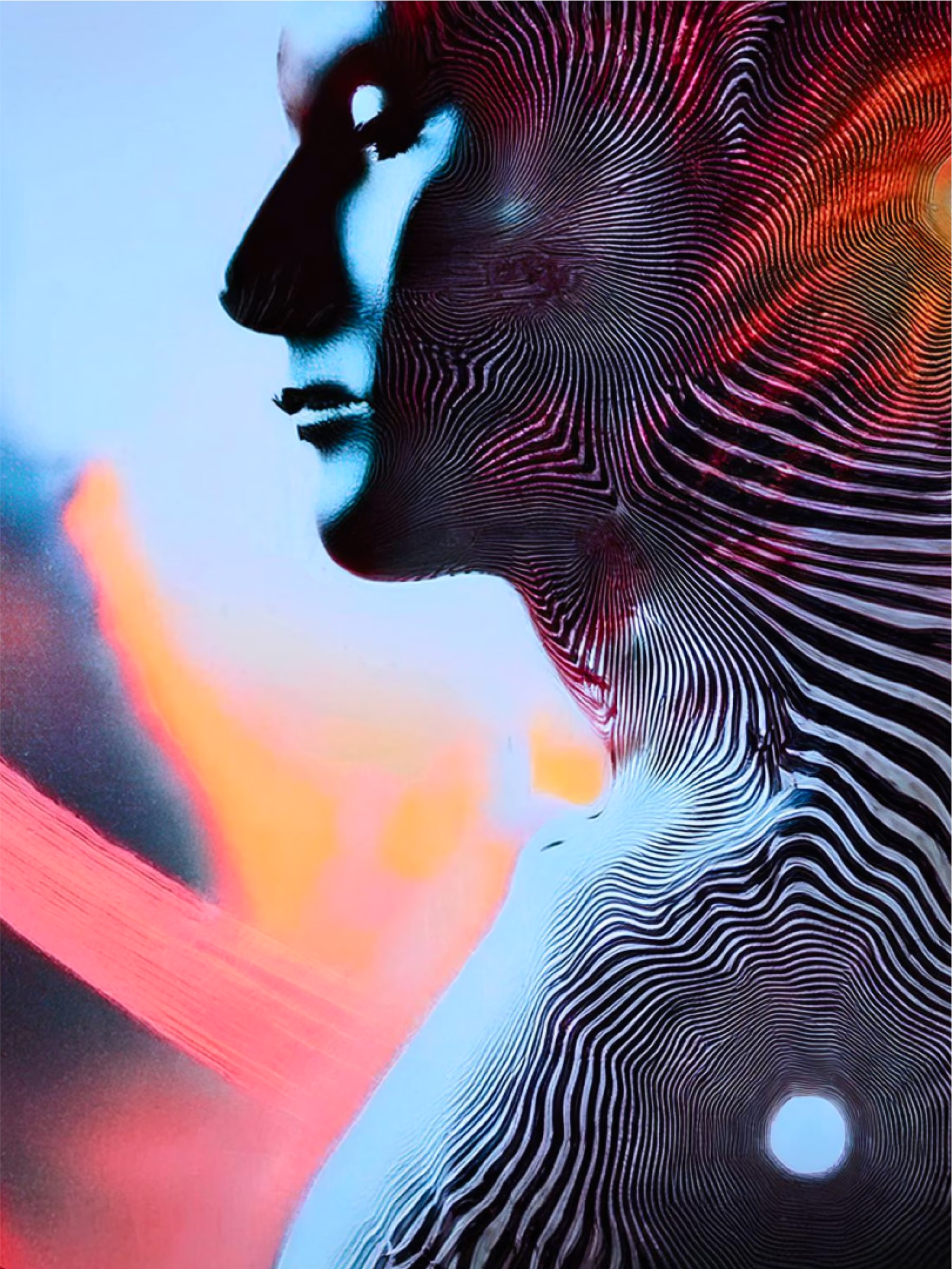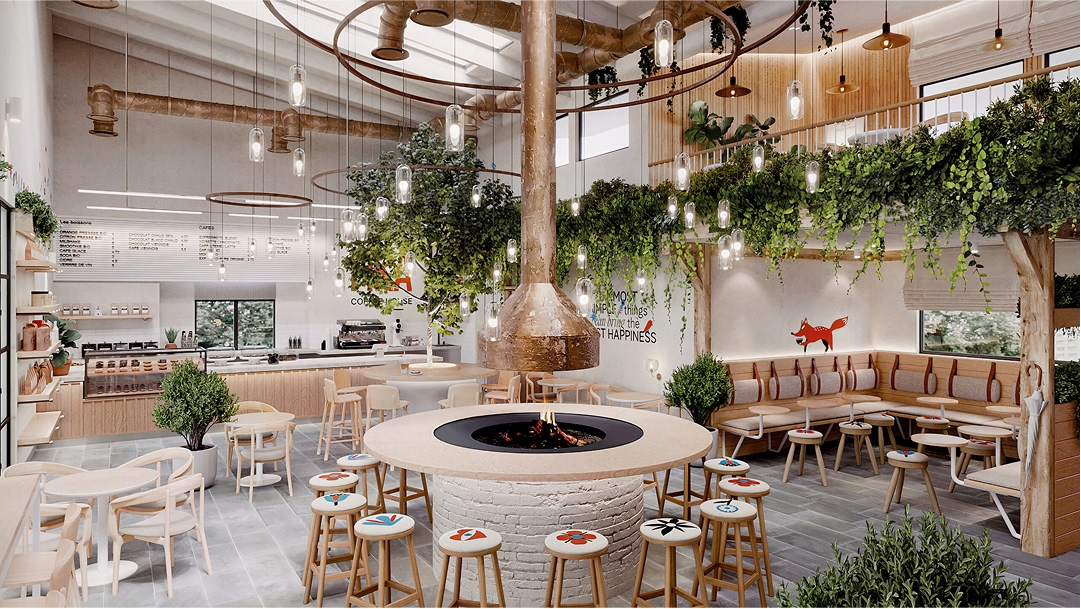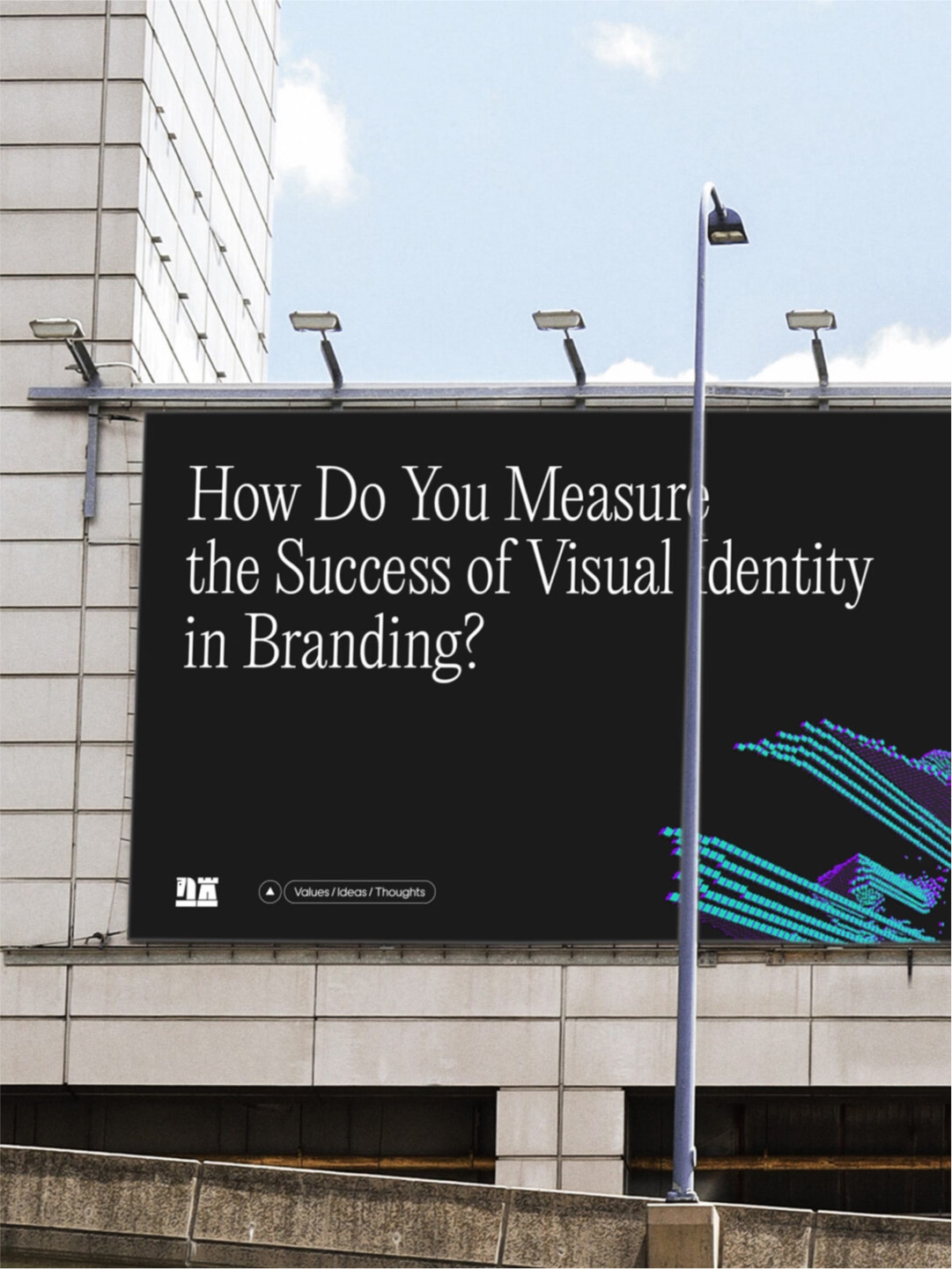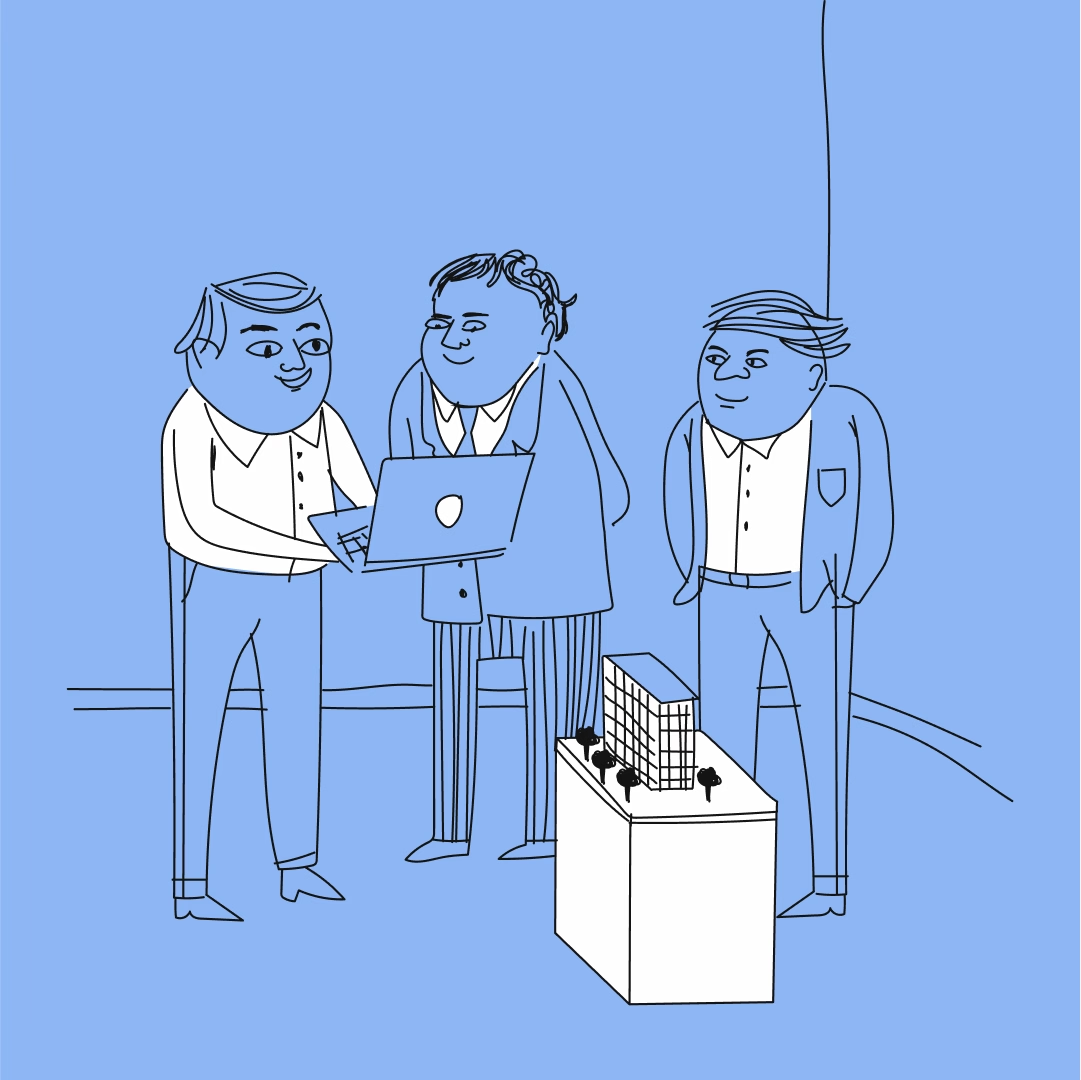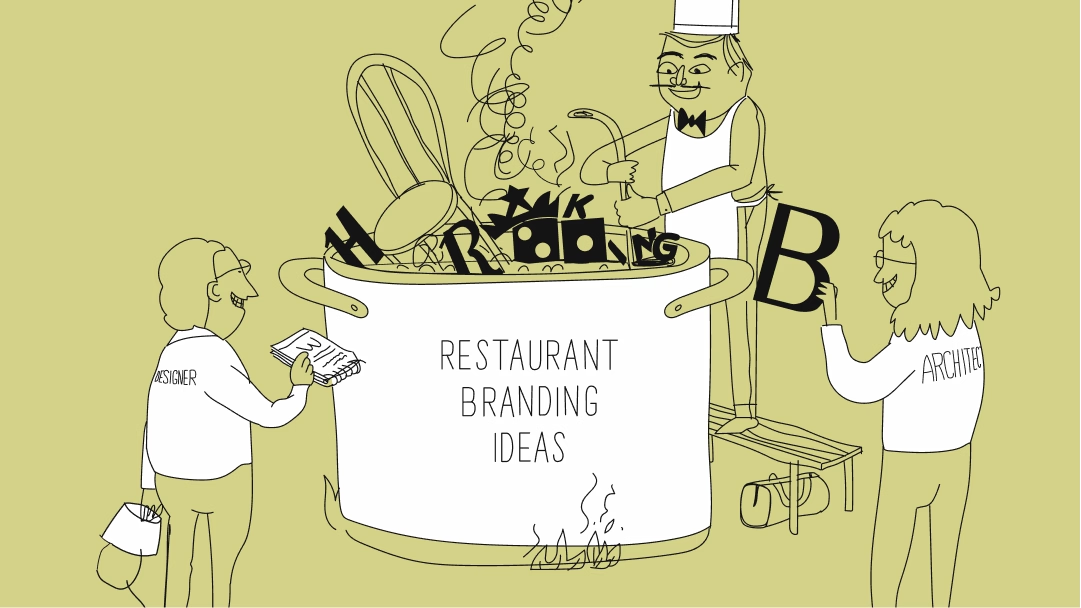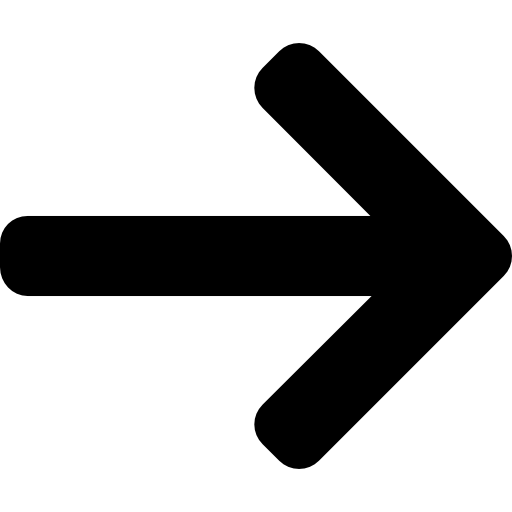Audit & Discovery: Building Brands with Purpose
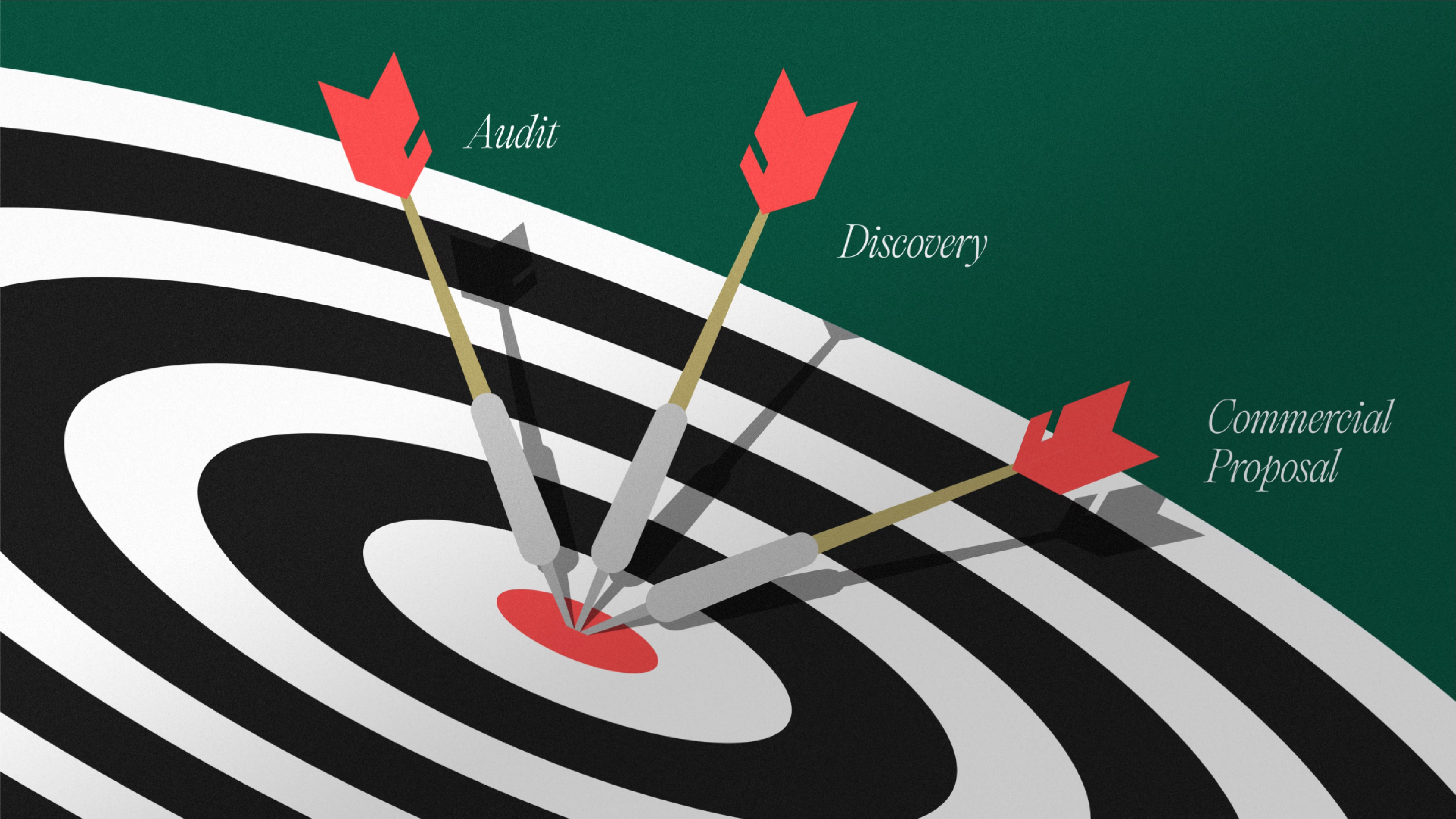

Step 1: The Audit—Understanding Where You Stand
The audit kicks off with what I like to call a “business therapy session.” It’s a 60-minute deep-dive strategy session that covers everything from the basics onward.
This session, whether online or in person, brings together key stakeholders: the people whose insights and opinions shape the brand’s direction. We use this time to thoroughly explore the business, covering topics like:
- What the business does and its core values.
- The target audience and how they interact with the brand
- Market opportunities and competitive challenges.
This conversation eliminates the back-and-forth of traditional briefing and ensures we have a clear picture of the brand’s current position.
Diving into Creative Expectations
Once the business side is covered, we shift gears and focus on creative expectations. This includes understanding tone of voice, brand values, and brand character. One key tool we use here is the brand archetype methodology—a globally recognized framework that helps define the brand’s personality and positioning.
This discussion bridges the gap between business insights and creative strategy. It aligns expectations between the client’s team and ours, ensuring we’re all working toward the same vision. Often, these conversations spark new ideas and reveal insights that hadn’t been fully considered before.
Delivering Clarity and Structure
Following the session, we consolidate everything into a clear and structured document. It’s written as a Google document, so it’s easy to review and edit collaboratively.
Once the client confirms the document’s accuracy, we finalize this step and move to the next.
Step 2: Competitor Analysis: Learning from the Landscape
Competitor analysis is where we step back and take a good, hard look at the branding landscape. Depending on the client’s needs, we tweak our approach to cover two key areas:
- Direct Competitors: These are the businesses operating in the same space, going after the same customers.
- Best Practices: Sometimes, inspiration comes from outside the box. Here, we look at brands in other industries that the client admires—companies with standout branding or strategies they’d like to adapt for their own. Often, we mix these approaches to get the full picture.
What We Look At
For each competitor (usually three) and the client’s own brand, if it’s a rebranding project, we go through a detailed checklist. Here’s what we explore:
- Visual Identity: Logo design, color palettes, and font usage.
- Brand Consistency: How cohesive the brand feels across different platforms.
- Tone of Voice: The way the brand communicates and engages with its audience.
- Graphics and Imagery: Use of illustrations, photography, and brand assets.
- Touchpoints: Packaging, interior design, exterior branding, social media presence, and more, depending on the business type.
We keep it thorough but focused, summarizing our findings for each competitor or inspiration brand in a few easy-to-digest pages.
Connecting the Dots
As a creative director, I look at what the business needs and how the branding landscape looks, then outline what needs to change or improve. Maybe it’s refining the logo, refreshing the color palette, or sharpening the tone of voice. Whatever it is, these recommendations set a clear path for the creative team to follow.
Step 3: Discovery—Uncovering Your Brand’s Core
By now, we’ve done all the groundwork: understanding the business, marketing goals, creative expectations, and learning from competitors. If it’s a rebrand, we’ve also pinpointed what needs to change and how to improve the existing identity. Now it’s time to take all that insight and start shaping the concept.
This is where the creative team steps in to develop a vision that hits the sweet spot. It needs to align with business goals, stand out from competitors, and, if applicable, draw inspiration from the “best practices” we’ve studied. For rebrands, we also outline exactly what needs to evolve in the existing identity—what stays, what changes, and where to focus during the redesign process.
Bringing the Big Idea to Life
At this stage, the creative team starts working on the big idea—the concept that will tie everything together. We describe it in detail, often boiling it down into a set of key phrases or hashtags that capture its essence. Then, we break it into practical pieces so it’s easy to see how it all comes together:
- Logo: What it should communicate and how it should look.
- Typography: Which fonts fit the concept and why.
- Visuals: Whether it’s illustrations, graphics, or something unique, we explain what’s needed and why it works.
To make everything crystal clear, we use visual references from open sources to show how these elements might look. This isn’t about designing yet—it’s about giving the client a clear idea of the direction we’re proposing. And we always present two options so there’s room for choice and flexibility.
Pulling It All Together
By the end of this stage, we create a Figma presentation that brings everything we’ve done so far into one place. It includes:
- Key takeaways from the Audit stage.
- A summary of the Competitor analysis findings.
- Two fully fleshed-out creative directions with detailed descriptions and references.
To make it even easier to follow, I record a quick screencast walking the client through the presentation.
Next up, we wait for the client’s feedback. We ask which concept they prefer and, more importantly, why. This usually happens over a call—a proper conversation where we can dive into their thoughts. Once they pick one of the two directions, we’re ready to move on to the final step of the Audit & Discovery process.
Step 4: Commercial Proposal—Turning Ideas into Action
By this point, we’ve done the heavy lifting—gathered insights, created the concept, and mapped out the direction. Now it’s time to get practical: define what needs to be done, how long it’ll take, and how much it’ll cost. With a clear concept in hand, we can figure out exactly what’s involved, whether it’s a straightforward logo, custom illustrations, or animations.
How We Break It Down
To keep things simple, we split the proposal into three main sections:
1. Essential Deliverables
This is the foundation—the must-haves for the brand. These are the elements that everything else will build on, like:
- Logo
- Color palette
- Fonts
- Core illustrations
Think of this as the “starter pack” for your brand. Without these, nothing else can happen.
2. Recommended Extras
These are the “nice-to-haves” that can take the brand to the next level. They’re not essential, but they’re great additions if the budget allows. Things like:
- Animations
- Extra illustrations
- A more detailed style guide
We suggest these based on what we think will make the brand shine, but it’s totally up to the client to decide what makes sense.
3. Branded Items
This is where we get into the practical stuff—the things your customers and team will actually see and use. Depending on the business, this could include:
- Packaging
- Menus, tableware, or signage
- Business cards and stationery
Sometimes, a project calls for something extra, like architectural or environmental design. If that’s the case, we add a separate section to cover:
- Interiors and exteriors
- Terrace spaces or landscaping
- Environmental branding
Whatever’s needed, we make sure it’s clear and accounted for.
A Collaborative Process
This proposal isn’t carved in stone. It’s a flexible plan that we fine-tune with the client. We talk through what makes sense, adjust as needed, and make sure everything fits their goals, budget, and timeline. Need to add something? No problem. Want to skip something? That’s fine too.
It’s All About Clarity
Our Audit & Discovery product is all about clarity—for both clients and our team. I’m a huge fan of structure and processes, so it was important to package this service into a system that’s easy to explain and follow.
For clients, it means they know exactly what to expect: what’s happening, when it’s happening, and how it’s delivered.
For the team, it’s just as valuable. Every role is defined. Each task has its owner, timeline, and purpose.
Wrapping Up
It’s been a huge win for Brandon Archibald to create a systematic process that ensures we consistently deliver high-quality results, right on time. Sure, the outcomes vary, but the method we use to get there is rock-solid and repeatable.
Great branding doesn’t happen by accident. It’s built on a foundation of understanding, analysis, and creativity. And for us, that foundation is Audit & Discovery.
If you’re thinking about branding, rebranding, or just want to refine your approach, let’s talk. Together, we can create something that’s not just beautiful but meaningful.




